5 Incredibly Strange Facts About Hurricanes
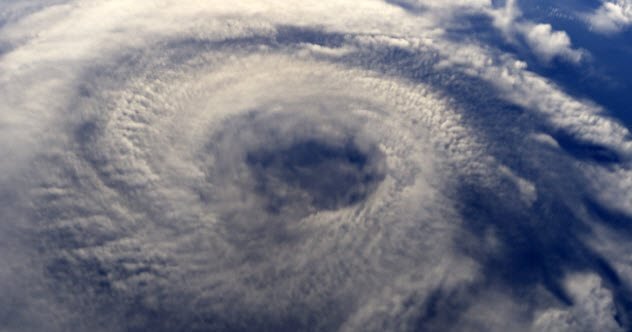
Natural disasters reveal something about humanity. When a storm sends 49 billion kilograms (108 billion lb) of water flying through 251 kilometer-per-hour (156 mph) winds straight into your backyard, you learn something about who you really are.When hurricanes break through the coastline and wreak havoc on people’s lives, human nature also gets uncovered. Sometimes, people don’t react exactly how you’d expect—and some of the facts around these disasters aren’t at all what you’d
imagine.
5 Guards At The Tomb Of The Unknown Soldier Stay At Their Posts During Hurricanes
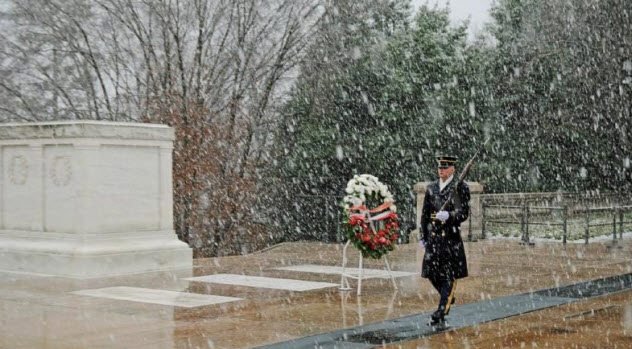
When a hurricane hits, there are some people who don’t get to evacuate: the men standing guard at the Tomb of the Unknown Soldier.This is the tomb where US soldiers who died without being identified are buried, and the guards who stand at its gate have a duty to honor the dead. When a hurricane hits, they don’t even go indoors. They stand outside, directly in the middle of the storm.During Hurricane Isabel, the guards were given special permission to hide inside the place if the winds went over 193 kilometers per hour (120 mph). But they didn’t do it. Instead, they stayed out in the middle of a hurricane, standing guard.During Hurricane Sandy, a single guard volunteered to spend 23 hours facing the winds. He risked his life to send out the symbolic message that the dead won’t be abandoned.[6]
4 US Hurricanes Start In The Sahara
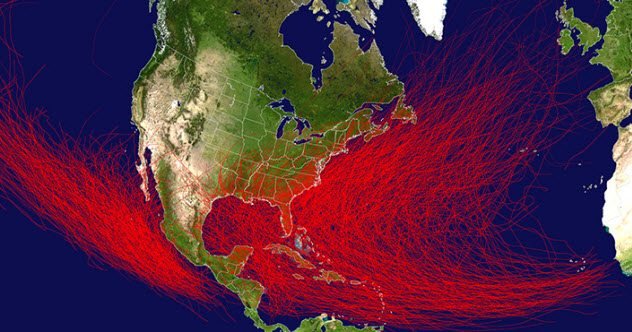
The hurricanes that hit the United States have to travel an incredible distance. They get their start through a massive, complicated butterfly effect that begins all the way over in Africa in the Sahara Desert.In the Sahara, the blistering heat of the Sun sends air bubbles up into the sky to make massive storm clouds. Those clouds usually get pushed west toward the Atlantic Ocean—where they cause major problems. The hot desert storms will clash with the cold Atlantic Ocean air, and it’ll be enough of a cacophony to create a hurricane about 10 percent of the time.[7]This means that every hurricane that hits the US East Coast starts off with a fluttering of butterfly wings—or, literally, the beat of the Sun against desert sand
3 People Are More Likely To Donate To Hurricanes That Share Their First Initial
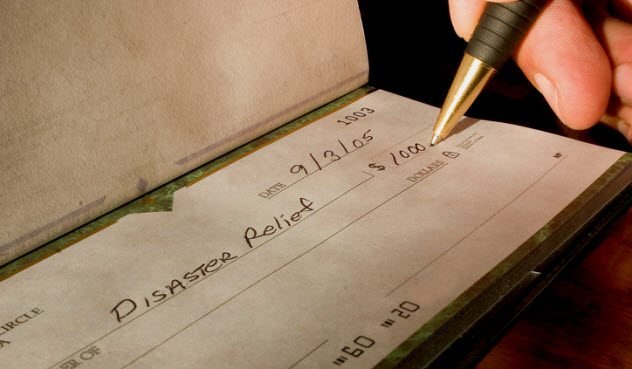
Strangely enough, a study has found that people are more likely to donate to hurricane relief if the storm’s name kind of sounds like their own. All it really takes is for someone to share the first letter of their name with a storm, and they’ll become up to twice as likely to donate.The researchers looked at Red Cross records and found that donations went up in every case for people who shared a first initial with the storm. The biggest effect was with Hurricane Katrina, likely because of all the media coverage it received. Normally, people whose names start with “K” make up 5 percent of donors. But “K” names made up 10 percent of the people who donated to Katrina.The researchers believe that people connect the disaster with themselves. When the storm’s name sounds like their own, they feel a sort of responsibility or affinity for it and so they actually do more to help.[5]One woman named Katrina actually raised $1,000 for victims of the storm specifically because she was thought the coincidence was cool. She told the press that she’d raised all that money because “I realized my name is going to go down in history as one of the biggest storms ever!”
2 Walmart Customers Stock Up On Pop-Tarts And Beer
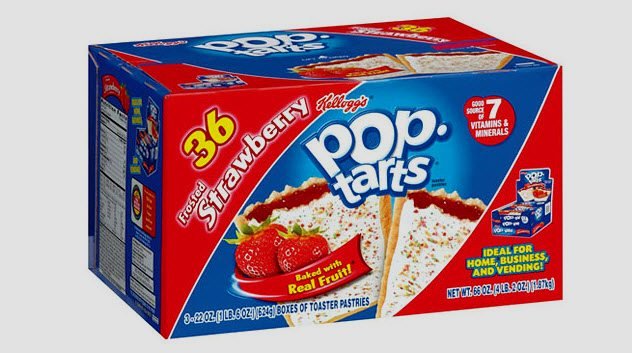
When Hurricane Frances was about to hit Florida, Walmart jumped into action. They had mountains of data on their customers and on every aspect of their lives. With thousands in jeopardy, Walmart knew they had a responsibility: They had to figure out how to make a quick buck from it.They looked through their data to predict customer behavior and discovered that their customers have a strange reaction when a storm is about to hit. Instead of water or flashlights, the biggest things people stocked up on were beer and strawberry-flavored Pop-Tarts.The difference is huge. Before a hurricane hits, beer becomes Walmart’s top-selling item and Pop-Tart sales go up 700 percent. People grab Pop-Tarts and beer before a disaster so often that Walmart has actually started sending out extra truckloads of stale breakfast pastries to make up for the demand.This isn’t a natural human instinct. It only happens to US Walmart customers. When Costco did a study on their customers in Hawaii, they found that beer sales actually plummeted.[1] At Costco, people stocked up on water and batteries instead to make sure that their families could survive.But not at Walmart. When death stares them in the face, Walmart customers grab a cold Pop-Tart and lukewarm beer, sit back, cross their fingers for luck, and enjoy the ride.
1 FEMA Uses Waffle Houses To Measure Disaster Recovery
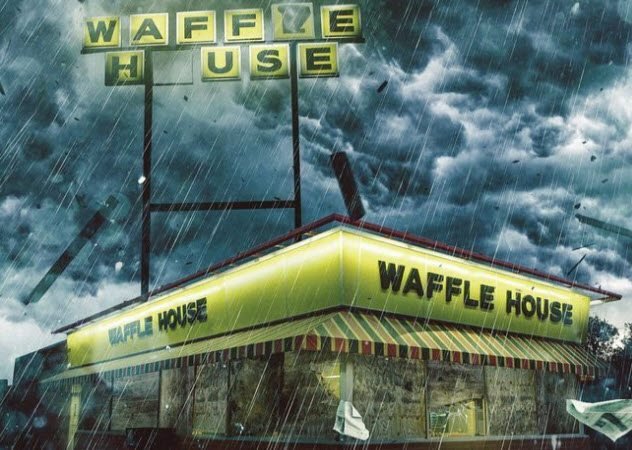
FEMA has a strange way of checking how the nation’s disaster recovery is going. When they can’t get clear information, they don’t necessarily bother sending in a team to check how a community’s doing. They just call the local Waffle House.Believe it or not, this is actually FEMA’s standard system now. Waffle Houses almost exclusively operate in hurricane areas, and they’re uniquely willing to make their minimum-wage employees endanger their lives by working through a storm with the power of a generator. So, ever since 2012, FEMA has been paying Waffle House to report the status of their stores to the agency directly.[2]There’s a three-tier system for measuring if an area has recovered. Areas are marked “green” if the local Waffle House is fully open, “yellow” if they’re working off a limited menu, and “red” if the area is so dangerous that even Waffle House isn’t willing to risk its employees’ lives to make sure that drunk people can get the All-Star Breakfast at 3:00 in the morning.
Good post!
Wooe